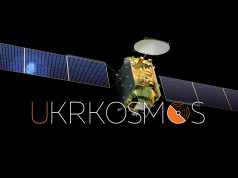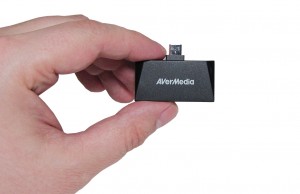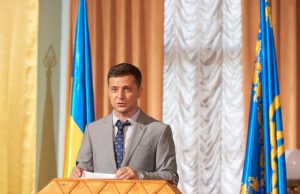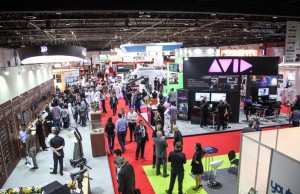The professionals at the Siberian Federal University presented their advanced development, i.e. a combined reflector feed, which allows for increasing subscriber service rate. This is stated on the SFU’s official website.
As is known, the feed is an integral part of a satellite communication station. It is mounted on the antenna, and then transmits and receives radio signals in a number of frequency bands.
To ensure registration with measuring devices and to amplify its signal, the feed is equipped with receiving and transmitting modules.
The experts emphasize that this model will be free of imported parts, since any required components will be manufactured by the Krasnoyarsk plant JSC “NPP Radiosvyaz”.
In addition, the scientists designed a new broadband polarizer, which will significantly reduce the feed size.
The information about that innovation was shared by Konstantin Lemberg, Candidate of Physical and Mathematical Sciences, Associate Professor at Department of Radio Engineering of SFU, and direct project manager.
“The designed feed will be used on the satellite stations of Ka- or Q-band, the advantages of which are small weight and size parameters and the capacity to operate in the millimeter wavelength range. Thus, the application of that unit involves the use of an additional frequency resource, what will increase the number of subscribers and the satellite service rate”, as told by the expert.
At the moment, there have been already run successful tests of the feed sample. In the future, the developers are looking forward to a serial production, and the first lot will be ready even by late 2017.

















